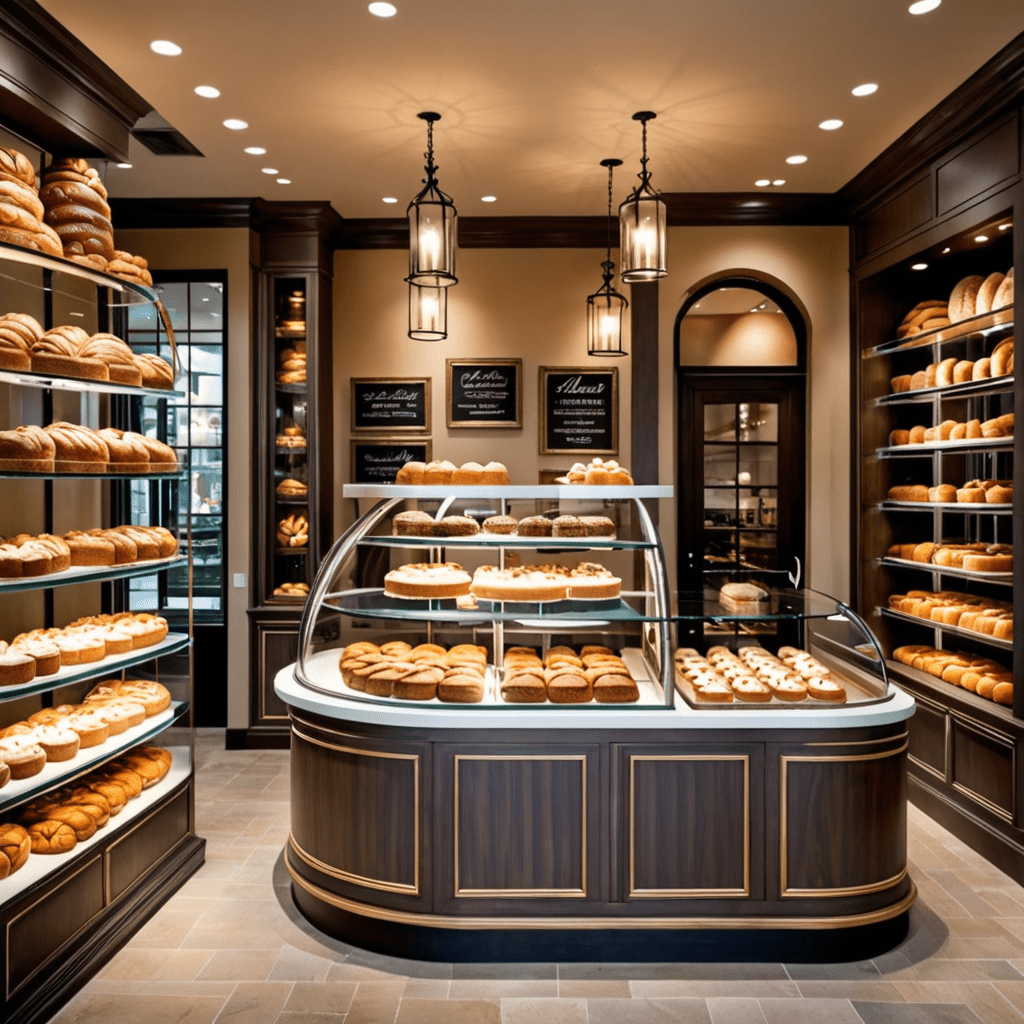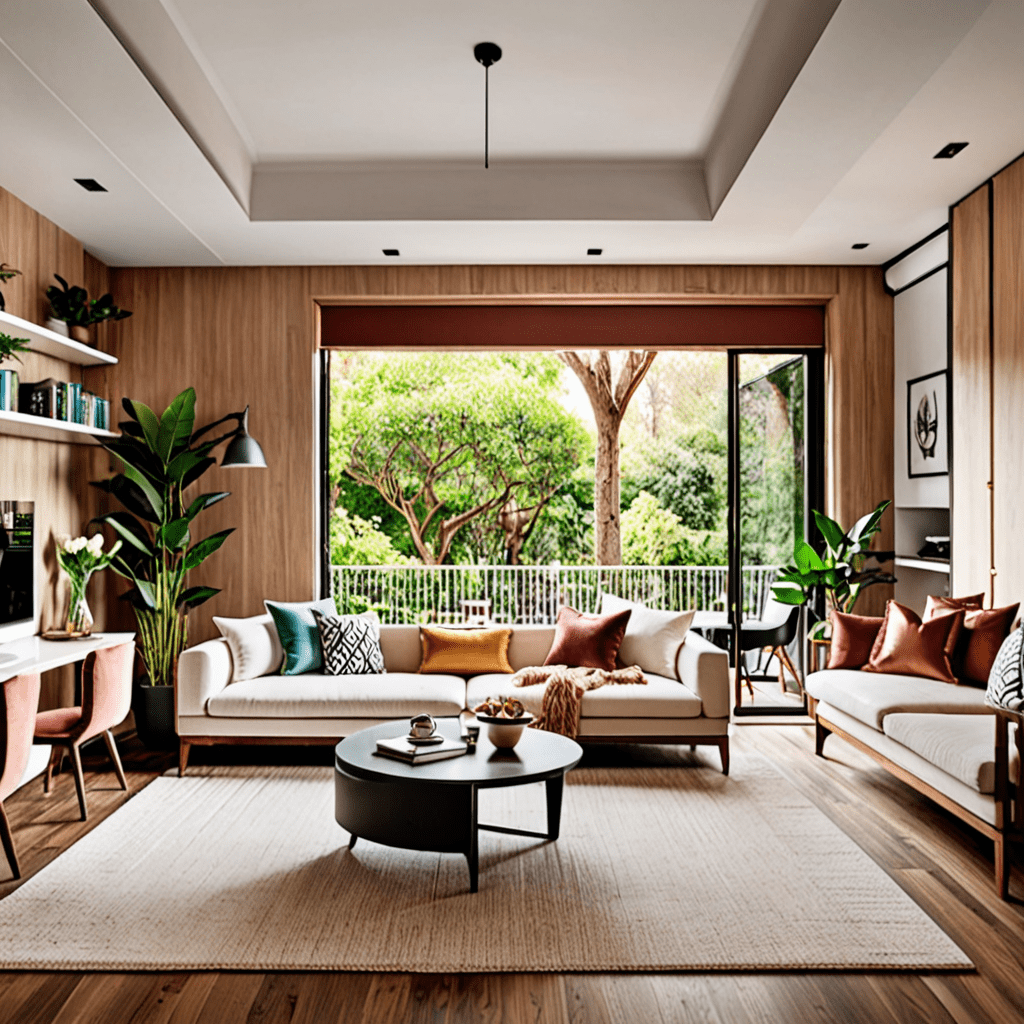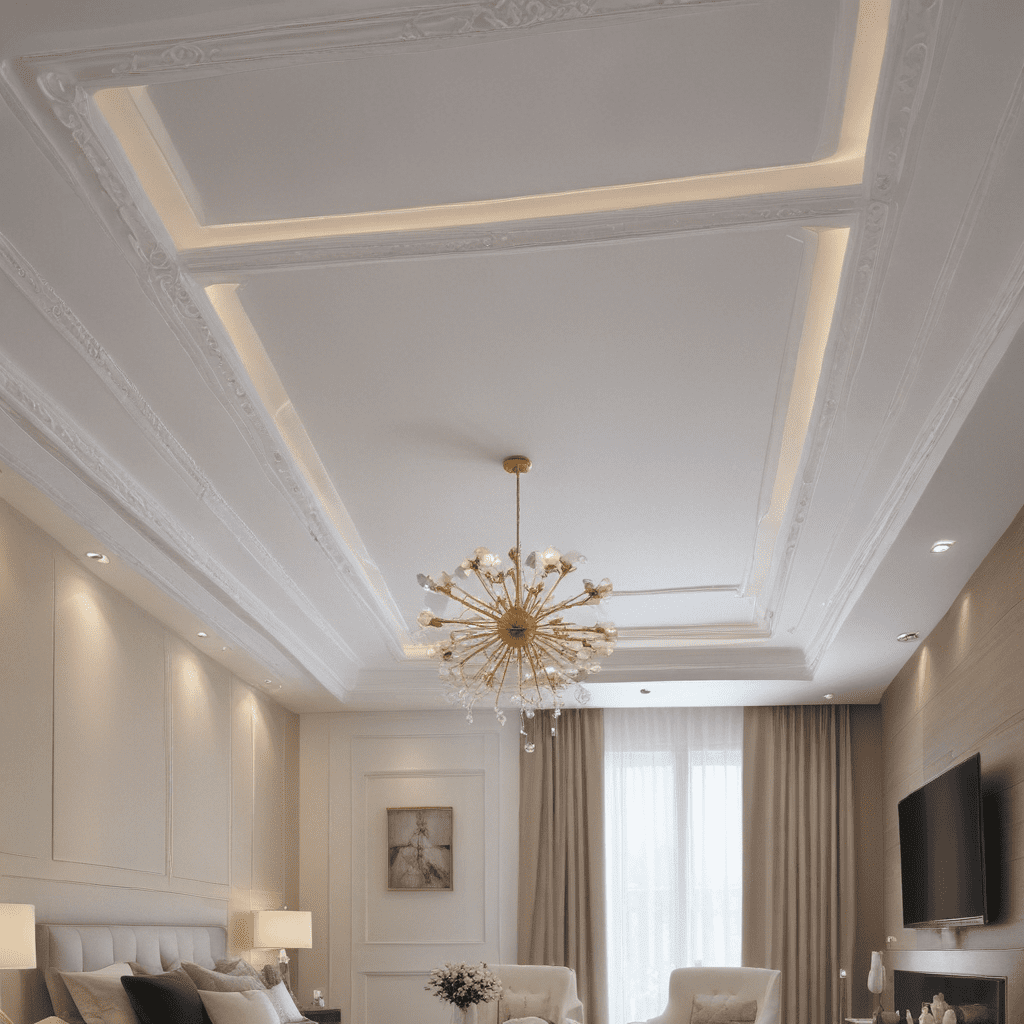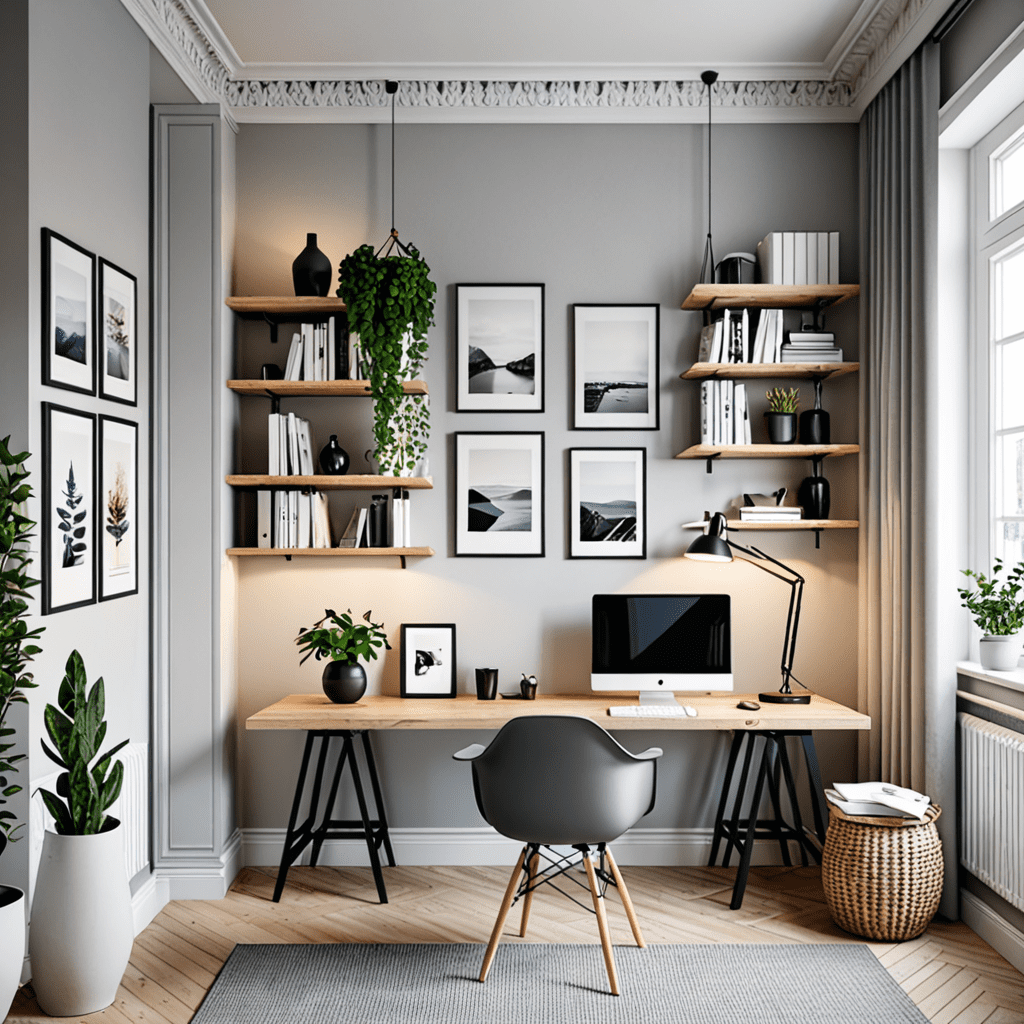How to Achieve Hotel Interior Design Goals
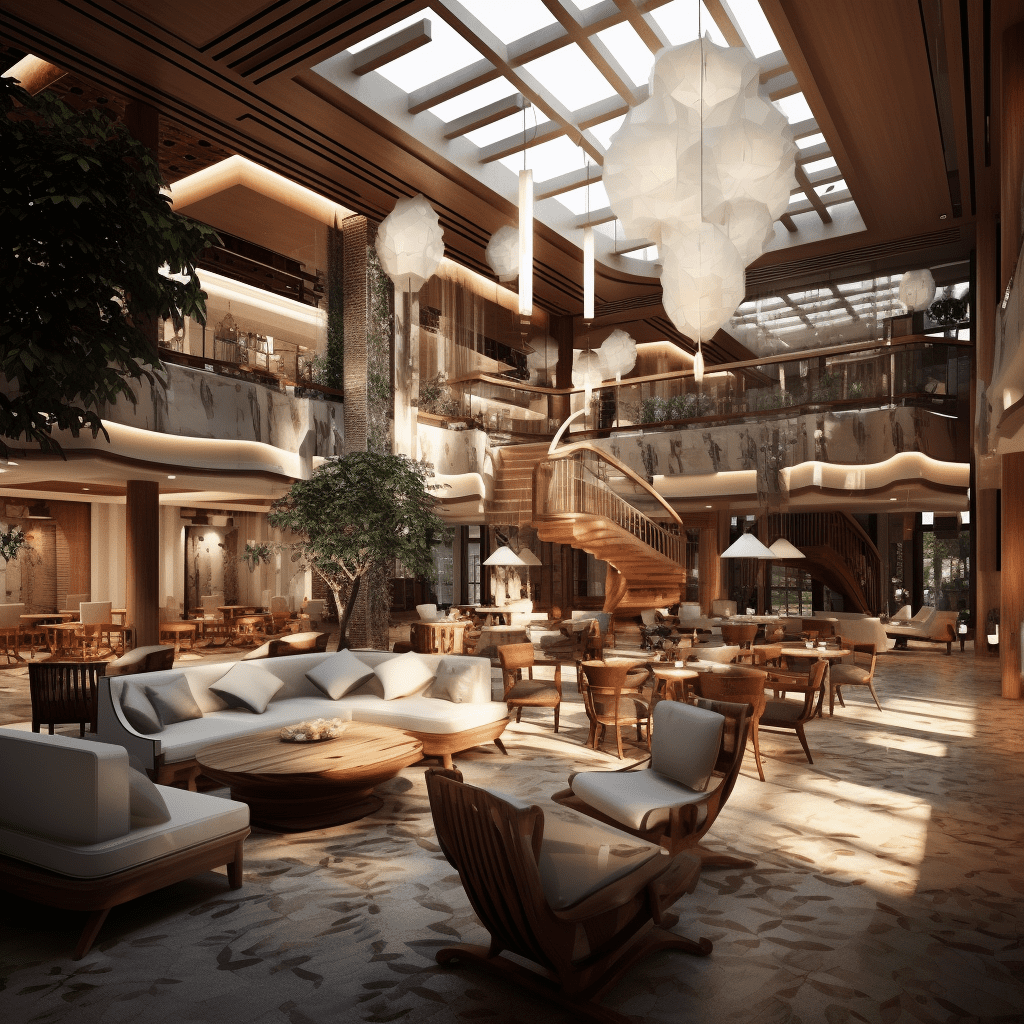

The Importance of Hotel Interior Design
In the competitive world of hospitality, hotel interior design plays a crucial role in attracting guests and creating memorable experiences. A well-designed hotel interior can enhance the overall ambiance, reflect the brand’s identity, and provide a comfortable and inviting atmosphere for guests. Whether you’re renovating an existing hotel or designing a new one, careful consideration of the interior design is essential. In this article, we will explore the significance of hotel interior design and discuss key factors to consider.
Creating a Memorable First Impression
When guests step into a hotel, the interior design sets the tone for their stay. The lobby, reception area, and common spaces should make a strong and positive first impression. A well-designed entrance with striking decor, welcoming seating areas, and a visually pleasing layout can create anticipation and excitement. A memorable first impression can have a lasting impact on guests, influencing their overall perception of the hotel and their desire to return in the future.
Reflecting Brand Identity
Hotel interior design should align with the brand’s identity and values. Whether it’s a luxury hotel oozing elegance and sophistication or a trendy boutique hotel targeting millennials, the interior design should reflect and reinforce the brand’s unique personality. From the choice of colors, materials, and furniture to the lighting and artwork, every element should contribute to establishing a cohesive and authentic brand experience.
Enhancing Guest Comfort and Functionality
A primary goal of hotel interior design is to provide guests with utmost comfort and functionality during their stay. Guest rooms should offer a tranquil oasis, featuring comfortable beds, quality linens, and blackout curtains for a good night’s sleep. Thoughtful elements like ample storage, well-designed workspaces, and intuitive room controls enhance functionality, promoting a stress-free and productive experience.
Maximizing Space Utilization
Efficient space utilization is crucial in hotel interior design, particularly when dealing with limited square footage. Clever layout and furniture choices can help maximize the functionality and visual appeal of the space. Incorporating multifunctional furniture, utilizing vertical space, and creating flexible seating arrangements can optimize the available area to cater to the diverse needs of guests.
Incorporating Local Culture and Influences
To create a unique and authentic experience, hotel interior design should reflect the local culture and incorporate relevant influences. Elements such as local artwork, traditional craftsmanship, and indigenous materials can add a sense of place, fostering a deeper connection between guests and the destination. Incorporating these cultural elements can also differentiate the hotel from its competitors, making it more memorable and appealing to travelers seeking an immersive experience.
Frequently Asked Questions (FAQ)
Q: How much does hotel interior design cost?
A: The cost of hotel interior design can vary significantly depending on various factors such as the property’s size, the level of customization desired, the complexity of the design, and the chosen materials. It is advisable to work with professional interior designers who can provide accurate cost estimates based on your specific project requirements.
Q: How long does it take to complete a hotel interior design project?
A: The timeline for completing a hotel interior design project depends on several factors, including the scale of the project, the scope of work, and the availability of resources. Generally, it can take several months to a year or more to complete a comprehensive hotel interior design project, including planning, design development, procurement, and implementation phases.
Q: How can I find a reputable hotel interior designer?
A: Finding a reputable hotel interior designer requires thorough research and consideration. Start by seeking recommendations from industry professionals or colleagues who have recently completed hotel projects. Look for designers with a strong portfolio, relevant experience in the hospitality sector, and positive client testimonials. Conduct interviews and ask for references to ensure you select a designer who aligns with your project goals and vision.
Q: Are there any specific regulations or codes to consider in hotel interior design?
A: Yes, there are specific regulations and codes that govern hotel interior design to ensure safety and compliance. Accessibility requirements, fire safety regulations, electrical and mechanical codes, and building ordinances are among the factors that should be considered during the design process. Hiring experienced professionals who are knowledgeable about these regulations is essential to ensure your hotel meets all necessary standards.
Q: Can hotel interior design help improve guest satisfaction and revenue?
A: Yes, a well-designed hotel interior can positively impact guest satisfaction and ultimately increase revenue. A thoughtfully designed space that meets guest needs and preferences can result in positive reviews, repeat business, and increased referrals. Moreover, an attractive and comfortable hotel interior can justify higher room rates and contribute to overall guest loyalty and satisfaction.
Q: How often should a hotel undergo interior renovation?
A: The frequency of hotel interior renovations depends on various factors, including the brand’s image, market trends, and the wear and tear of the existing interior. Ideally, hotels should undergo regular updates to refresh their look and keep up with changing guest expectations. Renovations may be needed every 7-10 years or when the interior starts to appear outdated or worn. However, regular maintenance and updates should be undertaken to ensure a well-maintained and visually appealing interior throughout the hotel’s lifespan.
In conclusion, hotel interior design plays a pivotal role in creating a memorable and enjoyable guest experience. By carefully considering factors such as brand identity, guest comfort, space utilization, and local influences, hotel owners can create unique and captivating environments that attract and retain guests. Investing in professional hotel interior design can be a wise decision that yields long-term benefits, including increased guest satisfaction, loyalty, and revenue.
